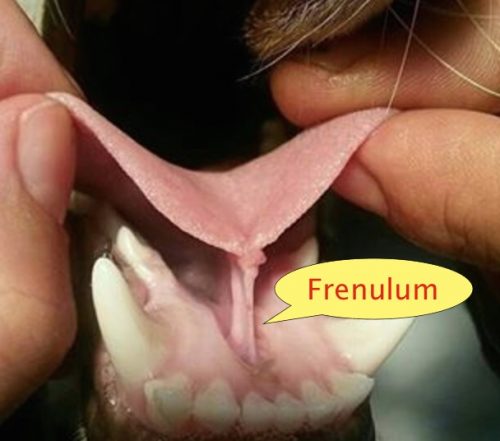
NPDD veterans know that we don’t think any bit of dog information is useless if it: 1) Helps you win a game of Trivia Pursuit; 2) Makes you look smart in front of people, or 3) Helps you explain a problem to your veterinarian. Buckle up, we’re going to explain how dogs got rabies in Roman times.
Back in the day, the ancients attributed canine madness to a worm that grew under the tongues of dogs. We’re not really sure who initiated this pearl of wisdom, but people like Ovis and Pliny and that crazy kid-poet, Gratius Faliscus, perpetuated the notion. Today we know that what the Romans called “madness,” we call rabies, and that this was no worm, but a rodlike mass of cartilage called the lyssa, or “madness of the Greeks.” Check it out on your own dog’s tongue, you’ll see it, and your dog will love you for pulling out her tongue like a window shade on a roller (our own dogs chose not to share, so we don’t have a picture for you). A common cure was to remove the “worm” while the dog was a puppy (words fail us). The other cure was no better: Belladonna, improperly administered, will kill a dog.
If you’re inclined to inspect your dog’s tongue, and we know we all are, check out the piece of tissue that seems to attach your tongue to the area directly under it and behind the teeth. This is called the frenulum, and we humans have one too.
Image found on Pinterest (without notation) and happily credited upon receipt of information
